Advertisement
Netflix isn’t just a platform for watching movies and shows—it’s a company built around data. From the thumbnails you see to the content that gets produced, nearly every decision stems from patterns found in viewer behavior. This case study looks at how exploratory data analysis (EDA) helps Netflix stay ahead. It’s not about buzz or guesswork. It’s about careful observation, pattern recognition, and applying those insights to give viewers more of what they actually want—before they even ask for it.
Netflix tracks an enormous range of viewer actions—what users watch, when they pause, how often they binge, what they skip, and how long they browse before deciding. This isn’t just passive data collection. With EDA, Netflix turns this activity into insight. It allows analysts to look at trends without predefined expectations, letting patterns naturally emerge.

For example, analyzing how long viewers stay with a series reveals more than just popularity—it shows engagement. If people drop off after the first or second episode, that suggests a problem with either pacing, promotion, or the match between the show and its audience. This insight feeds directly into future programming and recommendations.
One famous outcome of this method was “House of Cards.” Netflix backed it based on viewing trends: political dramas and Kevin Spacey were both strong draws, and viewers who liked one often liked the other. EDA didn’t predict a hit; it revealed the demand was already there. Netflix simply filled it.
EDA is also used to understand how viewing habits change over time. Some shows start slow and build loyalty. Others get early attention and fade. Knowing the difference helps Netflix plan marketing around the right moments and decide what kinds of series to prioritize.
With subscribers in over 190 countries, Netflix needs to serve different tastes. Viewer preferences are shaped by culture, language, and region, and they often shift quickly. EDA allows Netflix to separate out this data and make better decisions based on local behavior rather than assuming a one-size-fits-all model.
For example, Korean dramas are now global, but their success varies depending on the audience. EDA helps Netflix determine whether people are watching for plot depth, visual style, pacing, or cultural interest. By looking at which episodes people rewatch or finish quickly, they gain a clearer picture of what makes the content resonate.
This regional insight extends into how recommendations are built. A viewer in Mexico might be drawn to Nordic thrillers, while someone in Canada prefers Bollywood musicals. Rather than force content based on geography, Netflix tracks individual behavior. Still, cultural preferences influence trends at scale, helping Netflix decide which genres or formats to push in different markets.
The rise of shows like “Money Heist” or “Sacred Games” wasn’t just a creative bet. Data had shown there was a strong appetite for locally produced, well-written drama with a global tone. These insights shape both acquisitions and original programming choices.
Netflix’s interface looks simple, but nearly every detail is informed by data. From the order of categories to the artwork shown for a show, each element is chosen to help users click faster and watch longer. EDA supports this process by analyzing which combinations lead to more viewing and less indecision.

Take thumbnails, for instance. Netflix runs tests to see which image draws more clicks, even if the content is the same. A comedy might feature a smiling character for one viewer and a romantic close-up for another. EDA evaluates click-through rates and compares viewing times based on the image variation shown.
Small changes in layout can have a significant impact. If fewer users are completing shows after a redesign, the data reflects that quickly. This feedback loop makes it possible to tweak the platform without guessing. EDA plays a role in determining how long people search before giving up, what time of day browsing spikes, and how the display of categories influences choice.
The goal is to reduce friction—making sure users don’t get stuck browsing endlessly. Netflix wants to offer choice but not overwhelm. Through testing and observation, they’ve learned how to nudge people toward action without making it feel forced.
Beyond immediate user behavior, Netflix relies on EDA for long-term planning and decision-making. This includes deciding what genres to invest in, which series to continue, and where to develop original content. While daily performance metrics are useful, EDA helps spot slower-moving trends that reveal deeper opportunities.
A genre may not be trending now but could show steady engagement over time. If EDA finds that viewers are gradually exploring more sci-fi or documentaries, Netflix can prepare to meet that demand before it becomes obvious. This leads to investments that feel timely to viewers, though they’ve been in the works for years.
Show renewals also benefit from deeper data. Rather than counting total views, Netflix looks at completion rates, episode-by-episode drop-off, and how a show performs relative to others released in the same window. A show that’s highly binged but never rewatched may not have staying power, while a slower-growing series with loyal viewers might deserve more seasons.
Marketing is treated the same way. By analyzing the response to different types of promotion, Netflix learns what formats work for what kinds of content. Some titles do best with targeted outreach, while others respond to broader campaigns. EDA allows marketing budgets to be used where they have the most effect.
Strategic licensing decisions, too, are guided by usage data. If older content sees renewed interest because of related new releases, that affects how Netflix negotiates for rights or bundles shows in the interface. These decisions don’t happen in isolation—they’re part of a larger pattern made visible through careful exploration of data.
Netflix relies on exploratory data analysis to understand viewer habits and adapt quickly. By uncovering hidden patterns and tracking engagement, it makes smarter decisions about content, recommendations, and interface design. This approach helps Netflix stay relevant in a crowded market and deliver a seamless experience without overwhelming users. Data isn’t just behind the scenes—it shapes everything, making the service feel intuitive while constantly evolving in response to its audience.
Advertisement

Explore how AI innovates the business world and what the future of AI Transformation holds for the modern business world

Salesforce advances secure, private generative AI to boost enterprise productivity and data protection

Find why authors are demanding fair pay from AI vendors who are using their work without proper consent or compensation.
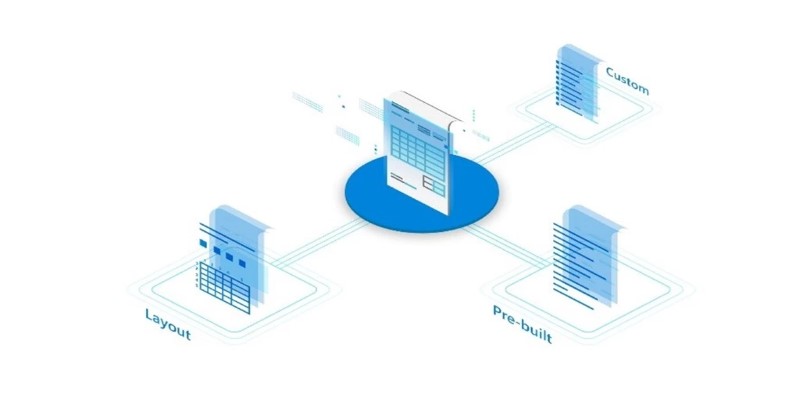
Want to save time processing forms? Discover how Azure Form Recognizer extracts structured data from documents with speed, accuracy, and minimal setup

Apple’s AI-powered RoomPlan uses LiDAR and AI to create accurate 3D room models that integrate seamlessly with top design apps

Are you overestimating your Responsible AI maturity? Discover key aspects of AI governance, ethics, and accountability for sustainable success
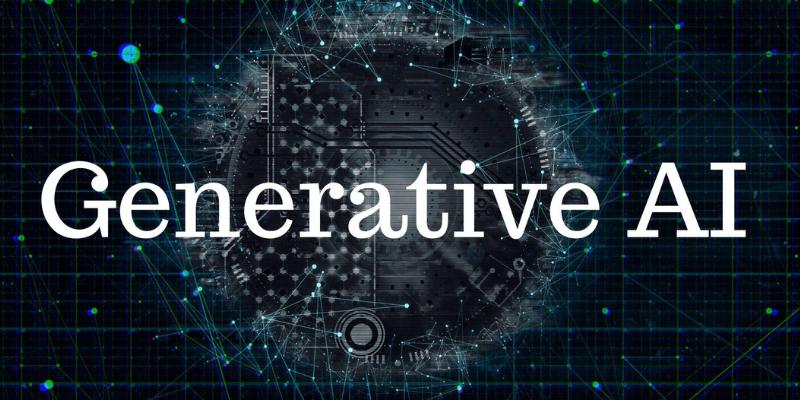
Discover how resume companies are using non-biased generative AI to ensure fair, inclusive, and accurate hiring decisions.

Discover 7 effective ways to accelerate AI software development and enhance speed, scalability, and innovation in 2025.
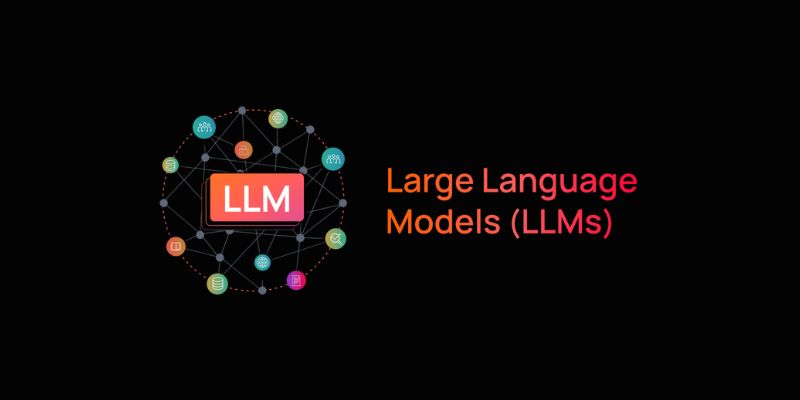
AI groups tune large language models with testing, alignment, and ethical reviews to ensure safe, accurate, and global deployment
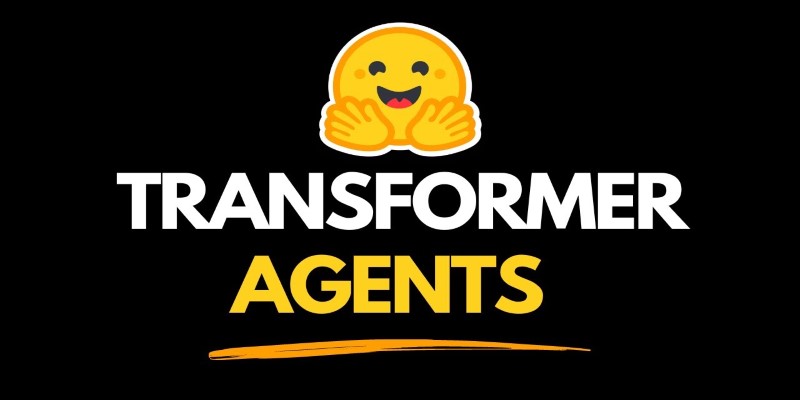
What if your AI could actually get work done? Hugging Face’s Transformer Agent combines models and tools to handle real tasks—file, image, code, and more

Automation Anywhere uses AI to enhance process discovery, enabling faster insights, lower costs, and scalable transformation
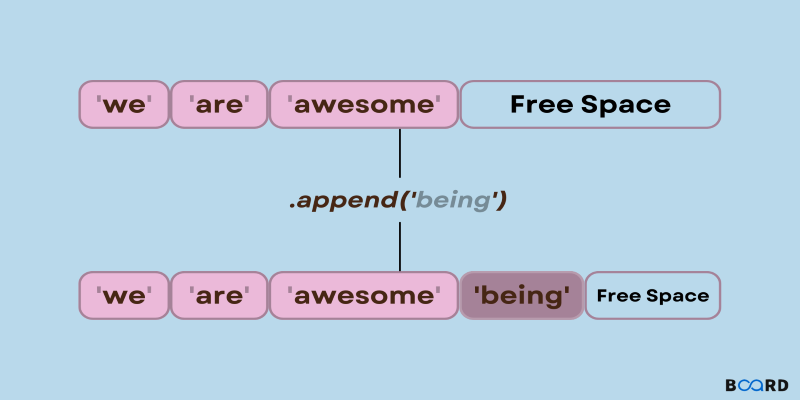
Need to add items to a Python list? Learn how append() works, what it does under the hood, and when to use it with confidence